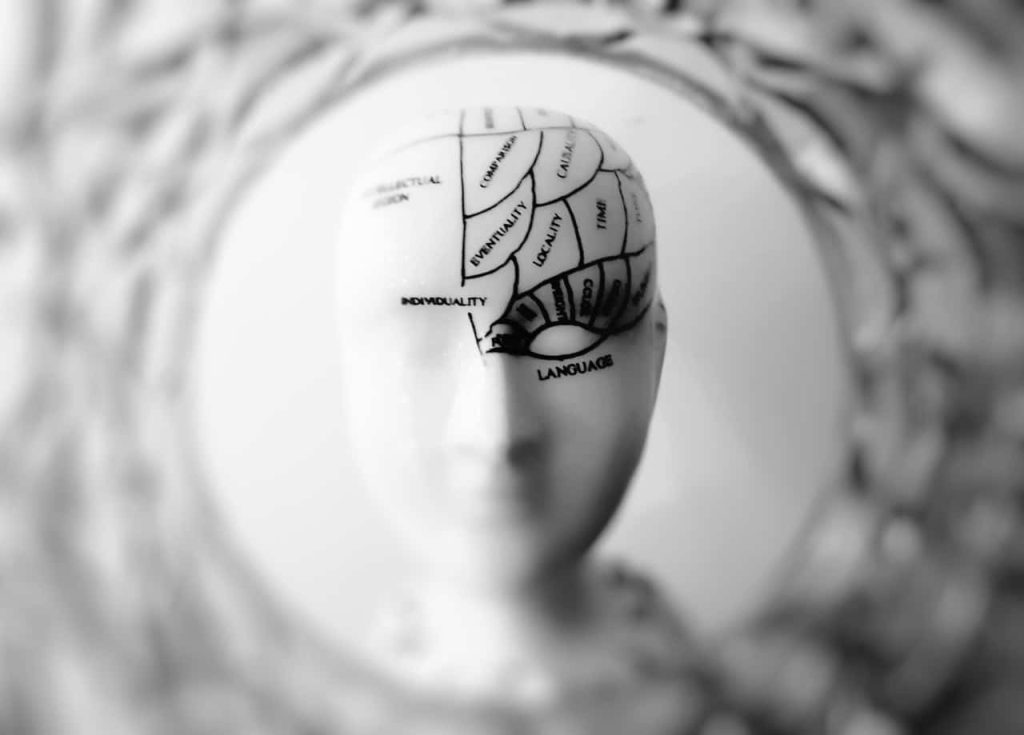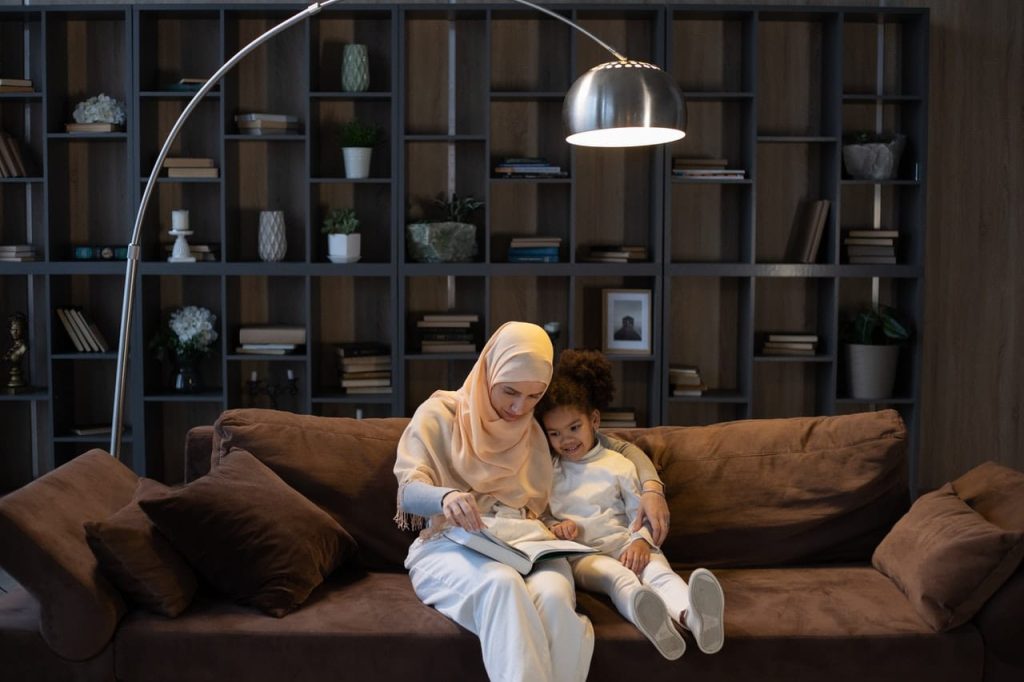Here is a simple video explaining what dyslexia is.

40% – 60%
If one biological parent has dyslexia, their child has a 40-60% chance of having it too. The chances of inheriting dyslexia are even higher if more of your relatives are dyslexic.
10% – 20%
Dyslexia is among the most common neurodevelopmental differences with approximately 10-20% of the population impacted by it.


Brain difference
Dyslexia and how it relates to brain function are complicated topics. We know there are functional differences between people who have dyslexia and those who don’t. Researchers are still trying to understand the brain relationship with dyslexia.
Diagnosis
If you suspect dyslexia, Dystech provides you with a screening tool that identifies the likelihood of dyslexia.
The next step is to organise an assessment that is often administered by educational psychologists, either at your school or privately.


Conclusion
Dyslexia doesn’t go away, but with evidence-based instruction and practice, individuals with dyslexia can improve at reading and succeed like everyone else.
